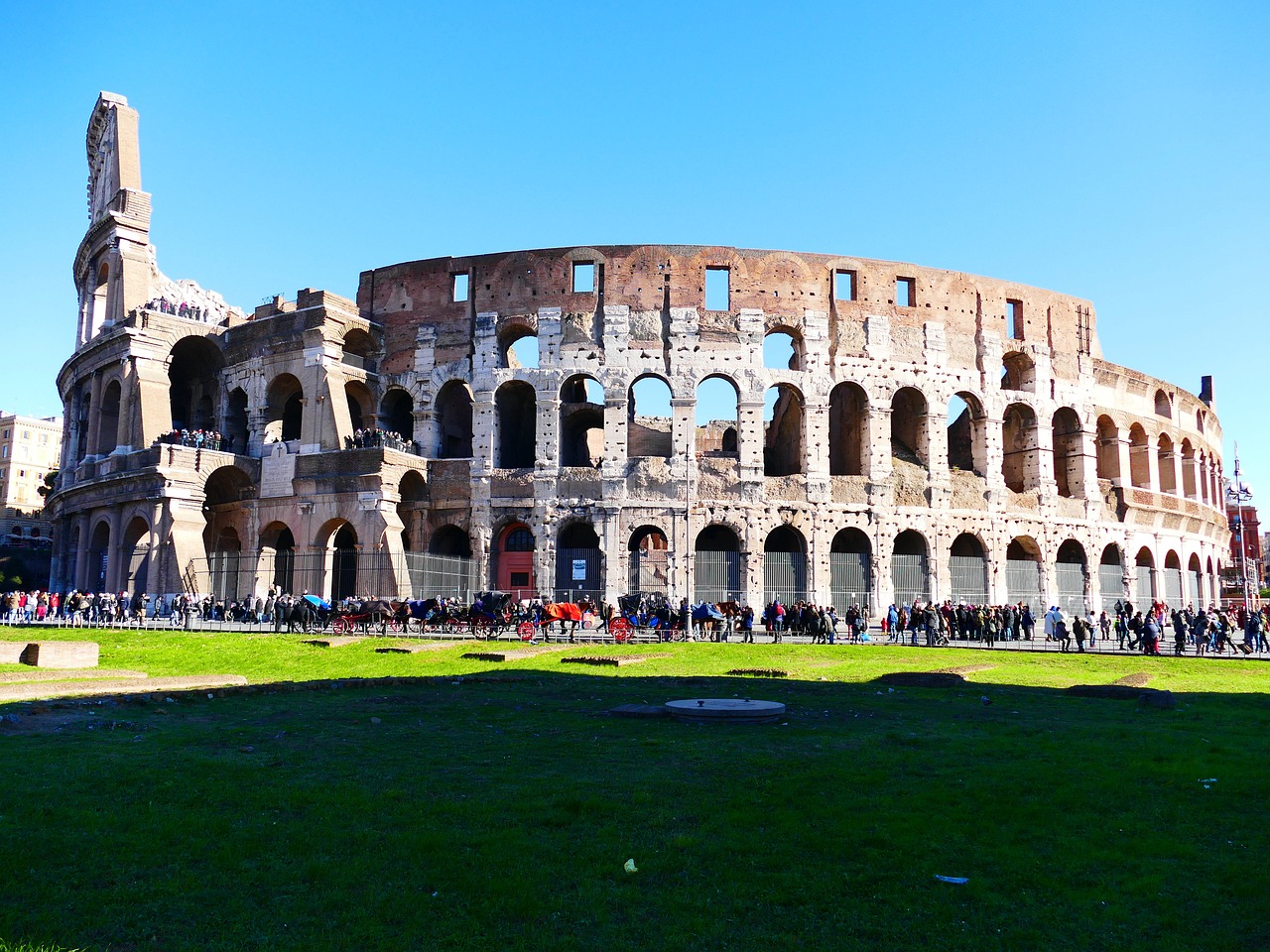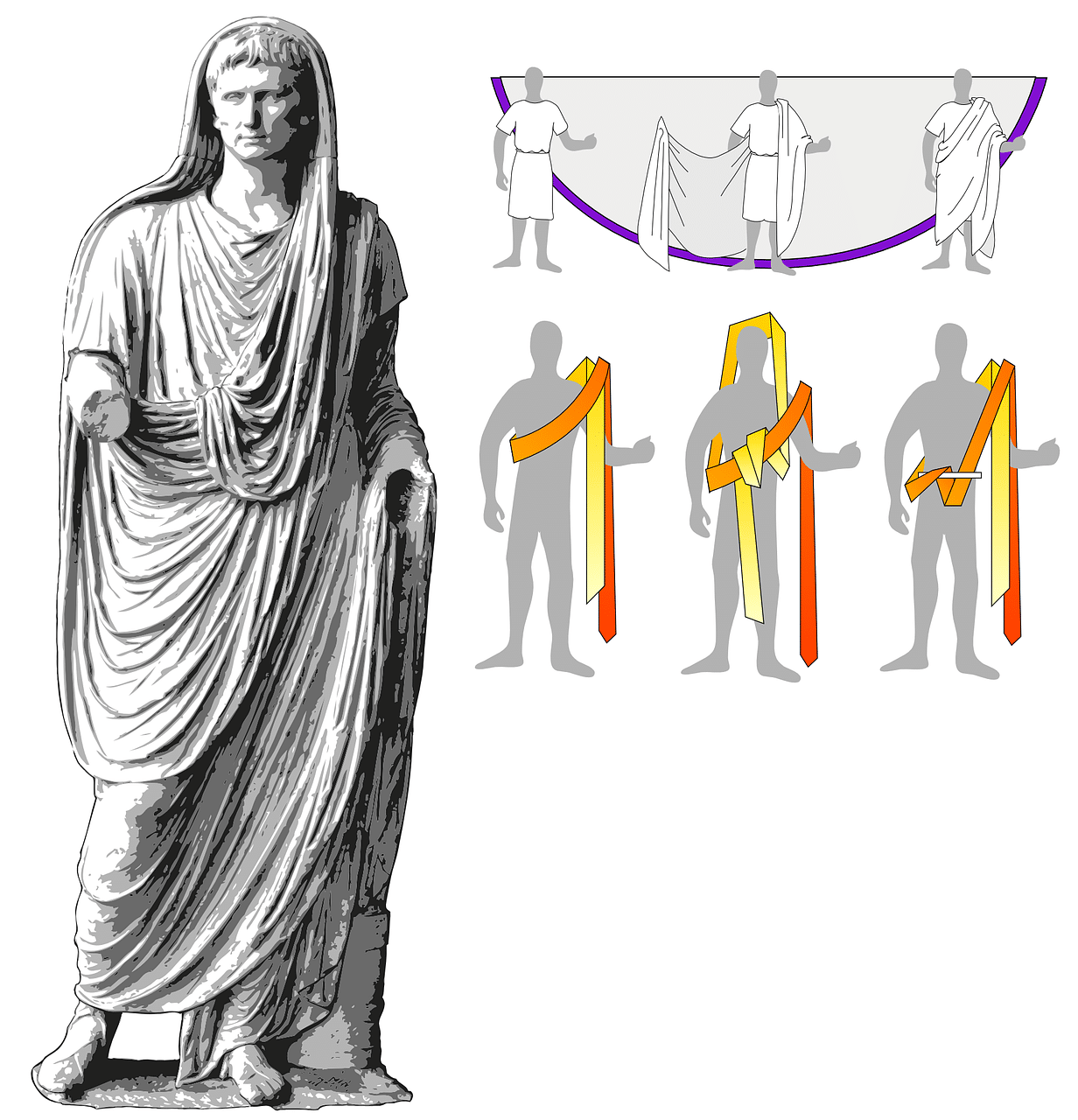
The Colosseum, an amphitheater from the time of the Roman Empire, has been a World Heritage Site since 1980.
The Roman Empire is the name given to the political and social structure that characterized Ancient Rome between the year 27 BC and 476 AD. C. The name is also used to refer to said historical period of Roman civilization.
As a system of government , the Roman Empire was an autocracy : power was concentrated in a single individual (the emperor). Its territory became very large thanks to a series of conquests that led to an enormous expansion of Roman culture and institutions.
Origin of the Roman Empire
The origin of the Roman Empire is associated with the fall of the Roman Republic , which in turn superseded the Roman Monarchy . There was, therefore, a succession of historical stages linked to different forms of government that led to the appointment of Augustus (also mentioned as Caesar Augustus , Octavian , Gaius Octavius or, in Latin, Augustus ), the first Roman emperor.
The Roman Monarchy constitutes the first phase of the history of this civilization . It is considered to have begun with the founding of Rome in 753 BC. C. by Romulus , who became the first king. He was followed by Numa Pompilius , Tullus (or Tullius ) Hostilius , Anchus Marcius , Lucius Tarquinius Priscus ( Tarquinius the Elder ), Servius Tullius and Tarquinius the Proud . This last monarch was expelled by the Roman Senate in 510 BC. C. , a fact that later led to the establishment of a republic.
The Roman Republic, then, was launched in 509 BC. C. To avoid the concentration of power in one person, two consuls were elected to head the government. The first Roman consuls were Lucius Junius Brutus and Lucius Tarquinius Collatinus .
After numerous political and institutional changes over almost five centuries, in 27 BC. C. the Roman Senate granted various titles to Octavian , who became known by the cognomen of Augustus ("venerable" or "majestic") and was erected as emperor. In this way the Roman Empire was born.
Historians usually explain the emergence of this system as a consequence of the civil wars that broke out after the assassination of Julius Caesar ( 44 BC ), who had managed to become the top leader of the Republic. Octavian ( Augustus ), adopted son of Julius Caesar , managed to defeat Mark Antony and Cleopatra VII and obtained supreme power from the Senate . This triumph also allowed Roman Egypt to be established, for example.

In the Roman Empire, the garment known as the toga was often used.
The Pax
The Pax Romana ( "Roman Peace" ) or Pax Augusta was the first historical stage of the Roman Empire, which spanned about 200 years. The name refers to the balance achieved internally and the security established externally, two factors that led to the expansion of the territory and the development of the economy .
Historians highlight that, during this period, the conquered barbarian peoples were integrated into the Empire and Roman law was established in areas previously dominated by rival cities and tribes.
Generally, 29 BC is established as the beginning of the Roman Pax since in that year Augustus officially proclaimed the end of the civil wars. As for the closing of the period , it is located at 180 d. C. , when Marcus Aurelius died. Throughout the entire stage there were no major internal conflicts or confrontations with foreign powers (as had happened, for example, between 264 BC and 146 BC when Rome fought with Carthage in the Punic Wars ).
The Western Roman Empire and the Byzantine Empire
The system that Augustus had managed to establish ended up collapsing with the anarchy or crisis of the 3rd century , which lasted for almost half a century. For study purposes, it is considered that the crisis began in 235 with the death of Alexander Severus and culminated with the proclamation of Diocletian in 284 .
During this stage, several civil wars occurred and the Dominated , a despotic model, was established. Upon coming to power, faced with the difficulties that Rome faced in maintaining peace in such a vast territory, Diocletian established a division in the administration, creating the Western Roman Empire and the Eastern Roman Empire or Byzantine Empire .
In the Western Roman Empire, the administration of Constantine the Great ( Constantine I ) stood out, who with the Edict of Milan allowed freedom of worship and contributed to the rise of Christianity . He also promoted the organization of the first Council of Nicaea , key to the dogma of the Catholic Church.
The process of barbarian invasions caused the fall of the Western Roman Empire, which lost authority in different regions until the division of its territory. In 476 , the deposition of Emperor Romulus Augustus by the German Flavius Odoacer marked the end of this empire and the Ancient Age , beginning the so-called Middle Ages .
The existence of the Eastern Roman Empire, on the other hand, was much longer. With its capital in Constantinople , it subsisted throughout the Middle Ages and resisted until its main city fell into the hands of the Ottoman Turks in 1453 .

The centurion was the leader of a centuria, a company of a hundred soldiers of the Roman Empire.
archaeological remains
There are archaeological remains and ruins from the Roman Empire that can still be seen today. In fact, in many cases they are great tourist attractions that captivate numerous visitors, in addition to being testimonies of enormous historical and cultural value.
The Roman Forum , which is the area where the main government institutions were built, is one of these treasures. Roman architecture can be seen in the vestiges of the Basilica Emilia , the Arch of Septimius Severus and various temples (such as those of Janus , Saturn and Venus and Rome ) that are in this place.
The Colosseum , where gladiators fought, is another legacy of the Roman Empire. In many places, on the other hand, you can still see the aqueducts that carried water from various springs to fountains, latrines and Roman baths.
Unfortunately, there were great works of the Roman Empire that did not reach the modern world. Near the Colosseum, in front of the Temple of Venus and Rome, was the Colossus of Nero , a 30-meter-high bronze statue. It is estimated that its destruction occurred during the sacking of Rome in August 410 or during an earthquake in the 5th century .
